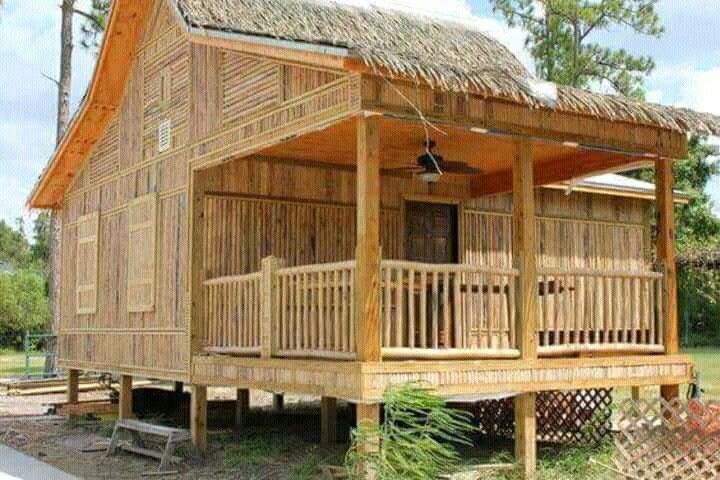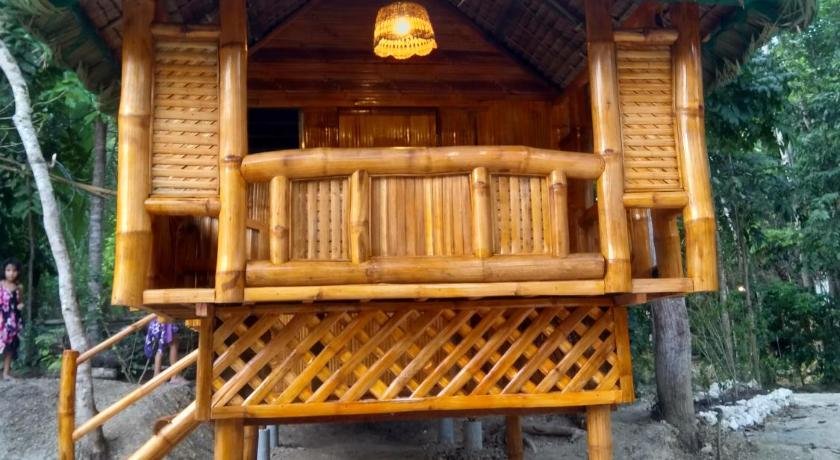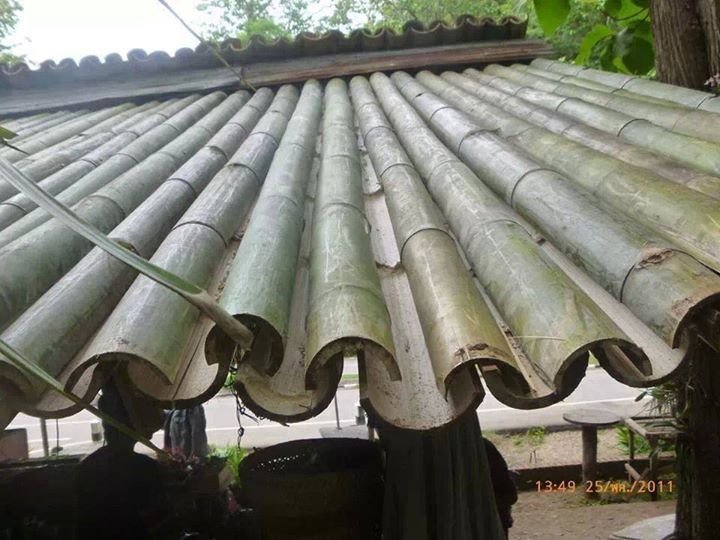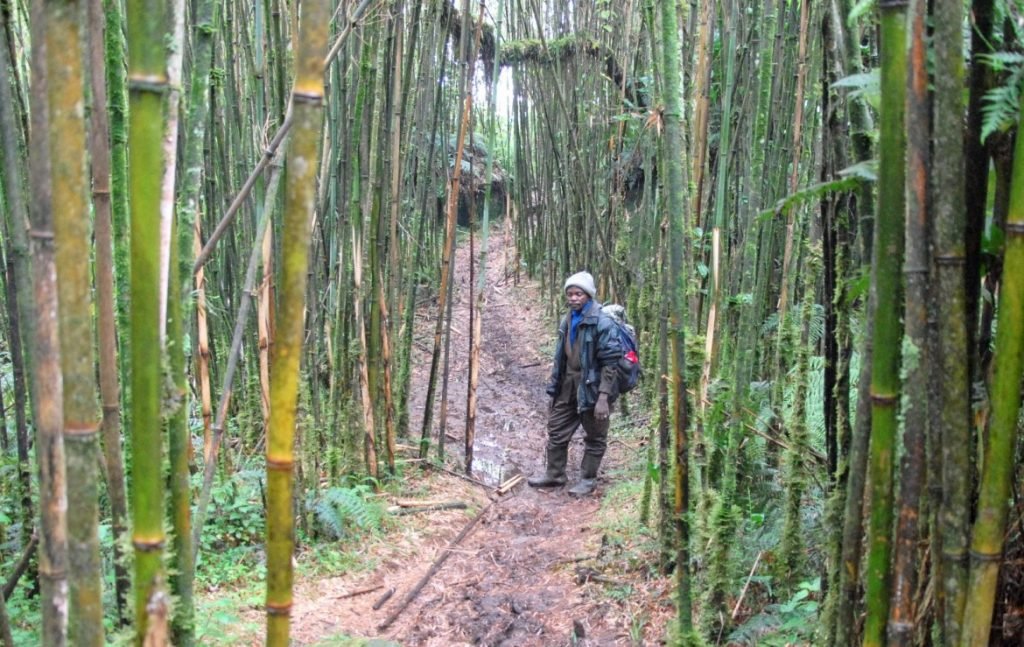The Best 4 Types of Bamboo Used in Construction
0Shares  Photo credit: Busy.org
Photo credit: Busy.org
With the evolution of construction technology, it is easy to find different types of construction materials available for use. Today, we want to look at how to use bamboo in construction. The use of bamboo in construction is not something new. The most important thing is that you get the right types of bamboo used in construction. With the best bamboo species, then you are looking at a durable house to last you for years to come.
Why You Should Use Bamboo as a Building Material
 Photo credit: Agoda
Photo credit: Agoda
Before opting for bamboo as a construction material, anyone would want to understand what kind of benefits come with it. Here are some of the common reasons anyone would use bamboo in construction.
- It comes with an impressive tensile strength. What is surprising is that bamboo comes with a better tensile strength as compared to steel. This is because its fibers run axially.
- The bamboo material is fire resistant. It can resist fire even at a very high temperature of up to 400 Degree C. This is all possible because of the high amount of silicate acid and water in the material.
- Those using bamboo in construction love it for offering the best elasticity. It must be the reason bamboo construction is common in areas prone to earthquakes as they can take up the vibrations.
- Being lightweight should be another reason why bamboo is commonly preferred in some areas. With its lightweight nature, getting it to the construction area should be easy.
- Unlike other constructions such as asbestos and cement, bamboo does not pose any danger to the builder’s health.
- You should find bamboo being a cheap and cost-effective way of building your home. It does not take long before your house is built and occupied.
Main Properties of Bamboo Material
 Photo credit: the United Nations
Photo credit: the United Nations
Here are some of the main properties of bamboo that makes it one of the best materials for construction.
The tensile strength
Various tests show that bamboo can resist more tension than compression. This is all possible as its fibers run axially and still has a high elastic vascular bundle. The result is a material with a high tensile strength. It is estimated that the tensile strength is up to 400N/mm2. In comparison, some of the strongest wood fibers will have a tensile strength of 50 N/mm2.
Compressive strength
The bamboo material generally has a better compressive strength than some other materials. Even for slimmer tubes, you will find them living up to your compressive strength needs. It is why you can apply a lot of weight to the material and it would not easily buckle. That cannot be said for the other types of wood.
Elastic modulus
Bamboo has more accumulation of strong fibers in the outer parts of the tube wall. As a result, you end up with a material with a positive elastic modulus. This makes it good to handle more tension, shear, and bending forces. Any bamboo that has a higher elastic modulus means that it is a high-quality bamboo type. With this elasticity capability, you should find bamboo common in areas that experience a lot of earthquakes.
Shrinkage
As much as bamboo is great for construction, you should consider that it shrinks more than wood when it starts to lose water. Bamboo can shrink up to 17% of its original size. You are required to take the necessary measure to prevent water loss whenever you use it as a building material.
Good in fire resistance
Bamboo fire resistance is very good as compared to wood. This is thanks for its silicate acid component. When it is filled with water, bamboo can easily stand up to temperatures of 400 degree C as the water boils inside.
Applications of Bamboo as a Construction Material
 Photo credit: Pinterest
Photo credit: Pinterest
Once of the reasons people prefer bamboo in construction is because of its flexibility. The material can be designed to work as different parts of the house. Here are some of the applications of bamboo in construction.
Trusses
Since bamboo has an impressive strength, you can find it being used as trusses. Many builders compare its strength to that of Teak and Sal. It can always remain strong enough to hold the weight of your roof.
Roof skeleton
The roof skeleton will contain the trusses or rafters over which purlins can be laid and lashed. With is durability and strength, bamboo comes out as a great option for making your roof skeleton.
Walling and ceiling
It is common to find people using bamboo for walling and ceiling. Since it is a cheap material, a house can be rebuilt again without having to worry about property damage. Considering that bamboo is good at flexibility, it can still stand up to earthquakes with minimal damage.
Foundation
Yes, you can still use bamboo for foundations. This is mostly if you have to build the whole house from bamboo material. Before driving the bamboo into the ground, make sure it is pre-treated for protection from fungi and rot. This will help prolong the foundation durability for years to come.
Doors and windows
This might seem impossible, having doors and windows out of bamboo is not a bad idea. You will have a unique house when it is spotted with this type of material.
Flooring
Bamboo can still be great for flooring. As a flooring material, you will find that it handles wear and tear better. This makes it a good material, especially those areas with a high traffic.
The list above is not all what you can do with the bamboo material. It is a versatile material, so you can come up with many creative projects to do with it.
Considerations for Choosing Bamboo for Construction
 Photo credit: The Best Bamboo
Photo credit: The Best Bamboo
Bamboo supplier
You should always consider bamboo availability and suppliers in your area. Considering that you might need some additional bamboo when constructing, you need it to be readily available. You should also consider the distance to a reliable supplier. As much as it is easy to transport, you would still want the supplier to be close to where you are constructing.
Availability of craftsmen
Bamboo requires a reliable craftsman who can work with it to end up with a nice house. The last thing you want is to end up with a structurally unreliable house. Take your time to see if you can find reliable craftsmen who can work with bamboo in your area.
Available budget and standards
Most people will be on a budget if they are looking to build their house out of bamboo. Even if you are on a budget, it is important to maintain the best standards to ensure a high-quality house. Talk to an architect to come up with a house that looks good and can be structurally sound even for your budget. Having some additional money to build will ensure you end up with better finishes for your new home.
Design shape and difficulty
The design shape and the difficulty required to achieve it can determine just how much bamboo you use. A large simple structure might cost less as compared to a small complex structure. It comes down to what you want to achieve as your new home. If you have enough money, coming up with something different from the norm would be ideal. Since bamboo is flexible, it can be bent into various shapes.
Professional fees
You still have to consider any professional fees that you have to pay for using bamboo as a construction material. These fees will vary from one country to another. It is best to consult with your architect or engineer to understand more about the fees before you start building your home.
Common Types of Bamboo Used in Construction
 Photo credit: Dhahabu
Photo credit: Dhahabu
Bamboo is available in many species. However, not all bamboo species are good for construction. Before you can just pick any bamboo on the market for construction, check out the list below to know which type will be ideal for construction.
Genus Guadua
Under Genus Guadua, you will get 20 more subspecies that can be used in construction. Depending on your location around the world, you are likely to end up with one of the subspecies. They are liked for having massive timber varieties with some growing up to 100 feet tall. They tend to have a diameter of 6 inches, which is good for construction.
This species can grow indigenously in the tropics, such as Central and South America.
These species are generally easy to work with as compared to others. Even if you are still a newbie to using bamboo, you should find shaping it to be easy.
Another top feature of the species is that it is superior in strength. Since it is fast-growing, you should always have some ready for harvesting. This makes the species good for business.
Genus Dendrocalamus
The species is also good for construction as it presents better durability and strength. The canes can grow up to 60 feet tall with a diameter of 5 inches. As you can see, it should be good for various construction projects.
This bamboo species is also good in terms of hardness. As a result, it will be common for making furniture, light construction, and paper. Some will even use for making bridges, housewares, and musical instruments. It is quite the versatile bamboo type.
Genus Bambusa
The Bambusa species can be grown in your garden and then harvested for various construction projects. It is also known for its tasty and edible shoots. The species grows tall and upright. You will find most canes reaching up to 60 feet high. Sometimes they can go up to 100 feet tall.
Thanks to its very thick walls, you will always find that the species can hold a lot more weight without buckling. Other than home construction, it can still be used for scaffolding, crafts, fencing, and thatching.
Genus Phyllostachys
You can find this type of bamboo species in various parts of the world as it is more tolerant to various temperate habitats. It is common for their roots to get out of control; hence they are called runners. Let that not worry you about its use in the construction sector. You will find that its durability makes it great for the construction of your house.
Still, the same can be used for making scaffolds, chopsticks, and other types of handicrafts.
What is Bamboo Preservation?
 Photo credit: Guadua Bamboo
Photo credit: Guadua Bamboo
Bamboo preservation involves various curing methods to help the bamboo last for longer without being affected by the environment. Without any protective treatment, you can expect the bamboo material to last 2 years when exposed to the elements. The material can last 4 to 7 years if it is still untreated but stored under cover.
As you can see, it is important to perform the bamboo preservation process. To make this process possible, you will have to get chemical preservatives. These preservatives will protect the bamboo from premature degradation, leaving you with a durable home.
To help determine which preservation method would be best, consider the following factors;
- It the bamboo green or dry?
- Form of bamboo. Either round bamboo or split bamboo
- The application of the material. It can be in-ground contact, undercover, and much more
- The quantity of bamboo you want to treat
- Potential decay causes in your area. It could be biotic or abiotic
With the appropriate treatment, you are likely to end up with an increased lifespan of your house to 50 years or more.
Here is a video detailing some of the techniques for curing bamboo poles.
Demerits of Bamboo in Construction
As much as bamboo is a great material for construction, it does still come with a few disadvantages. Here are some of the demerits you should know before using the material in construction.
- Bamboo requires to undergo various preservation processes if you hope it to last for years to come
- The bamboo material tends to shrink further when it loses water than any other type of timber
- Without proper treatment, a user is likely to face issues such as insect and fungus attack. This makes it less durable for a house.
- Even with the improvement in various jointing techniques, many people still feel that bamboo’s structural reliability is still questionable.
Final words
Bamboo is a great material to use for construction purposes. Make sure that you pick the right species known to be great for construction. The last thing you want is to end up with a weak building. Also, consider treating the bamboo with the correct preservatives to increase its durability. With a good bamboo house, you are looking at 50 years or more of a good service. It can be an economical and sustainable home if done right.
0Shares
